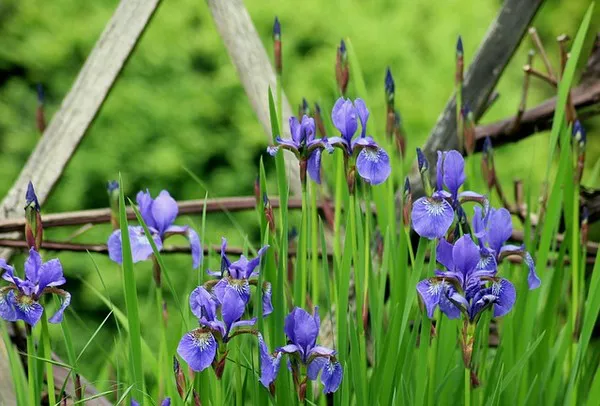City, State – The greenhouse and ornamental industries are undergoing a transformative shift towards the adoption of LED lighting, and an ongoing research project at Wageningen University, led by Malleshaiah SharathKumar, is unraveling the intricate relationship between light spectrum and flowering patterns. Titled “To Bloom or Not to Bloom: The Effect of Photoperiod is Spectrum Dependent,” this study is poised to shed light on how light spectrum influences flowering in plants, aiming to aid growers in optimizing production processes and yield.
In this groundbreaking study, SharathKumar employs the obligate short-day plant chrysanthemum (Chrysanthemum morifolium cv. Radost) as a model system. The research hinges on comprehending how light spectrum influences chrysanthemum flowering during extended long days illuminated by dynamic LED lighting. The central objective is to wield light spectrum manipulation as a tool to trigger flowering in short-day plants, effectively elongating short days to mimic long days by 4 hours using either solely blue or solely red LED light via dynamic light spectra. Additionally, the study delves into the physiological and molecular roles of light spectrum in the regulation of photoperiodic flowering in chrysanthemum.
While the full report remains under wraps, SharathKumar offers a glimpse into the study’s outcomes, underscoring its practical significance beyond academic confines. Here, a selection of key findings is shared.
The experiment unveiled that within a controlled climate chamber environment, chrysanthemum plants subjected to dichromatic red-blue short days extended by 4 hours of sole blue LED light experienced complete flowering. Conversely, extending short days with 4 hours of sole red LED light led to floral initiation but no subsequent flower development. Interestingly, in a greenhouse setting, subjecting plants to short days supplemented by solar light and extended by 4 hours of blue or red LED light did not induce flowering. These observations highlight the influence of both day length and the spectral composition of the initial 11 hours of a long photoperiod on chrysanthemum’s flowering response.
Furthermore, the study revealed that chrysanthemum flowering under blue-extended long days paralleled the rapid downregulation of the antiflorigen gene CmAFT and a gradual rise in the expression of the florigen gene CmFTL3. These molecular mechanisms remained consistent regardless of the dichromatic red-blue or broad-spectrum Rbw LED light used during the initial 11 hours of the short day. This underscores that these processes are influenced not only by the dark period’s length but also by the light spectrum.
A novel discovery emerged from the examination of flowering inhibition. Chrysanthemum plants grown under dichromatic red-blue with far-red light followed by 4 hours of blue light extension exhibited elevated expression of the antiflorigen gene CmAFT and no upregulation of the florigen gene CmFTL3. This was aligned with a lack of flowering. The presence of far-red in broad-spectrum Rbw LED light resulted in partial flowering while maintaining higher expression of CmAFT and low expression of CmFTL3. This highlights an unanticipated negative role of far-red light on chrysanthemum flowering during blue-extended long days.
Intriguingly, SharathKumar’s research was not confined to chrysanthemum alone. He also evaluated the flowering responses of 12 genotypes across nine short-day plant species under varying light conditions. The results showcased distinct species-specific responses, with some plants flowering solely under red-blue short-day conditions, while others exhibited responses in blue-extended long days as well.
SharathKumar emphasizes the applicability of his research in guiding horticultural practices. He concludes, “This study not only enriches our understanding but also has the potential to transform how we cultivate short-day plants year-round using LED lighting. Its implications extend far beyond academia, serving as a beacon for growers seeking to harness light spectrum to maximize their yields and optimize production processes.”


